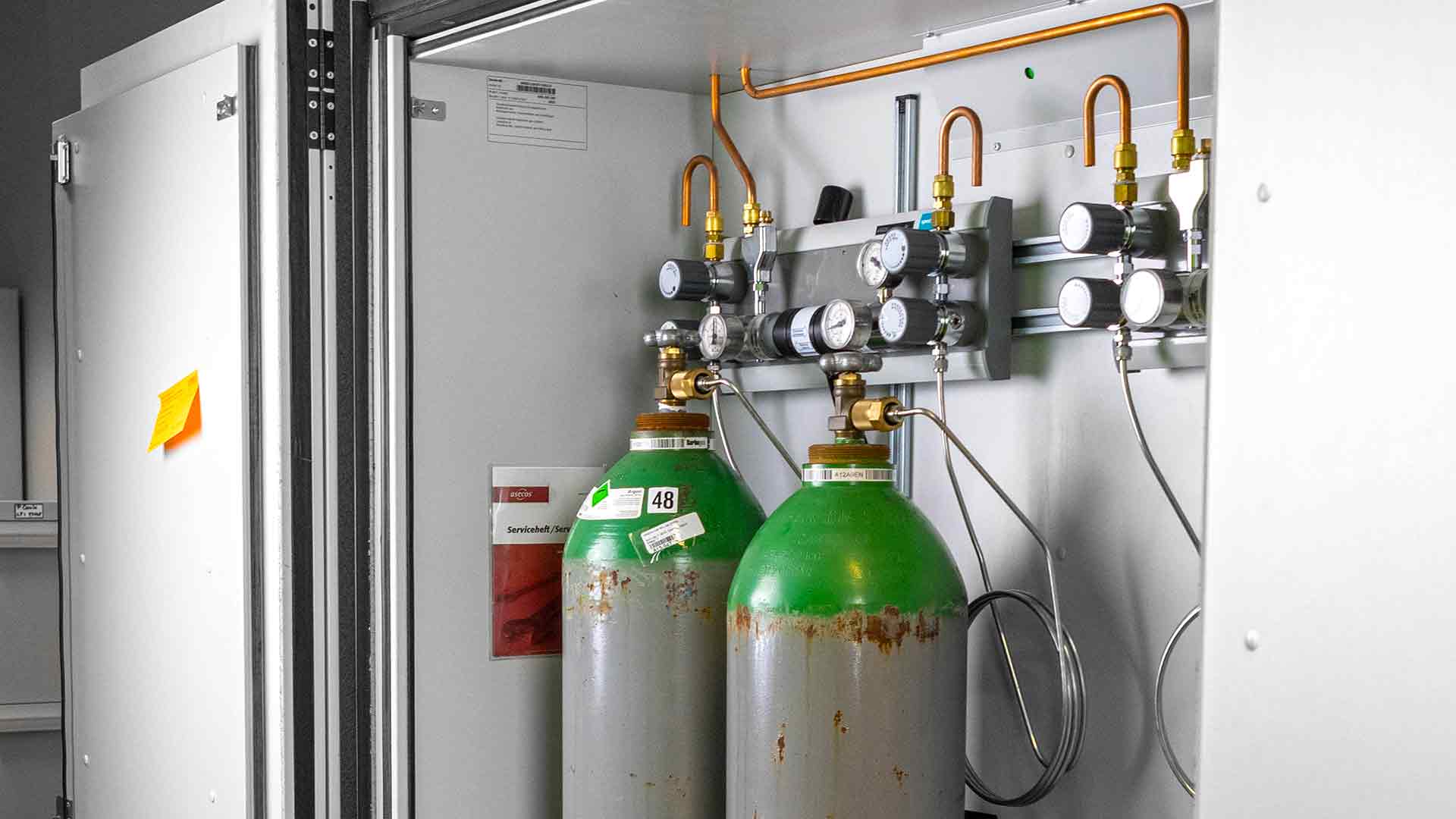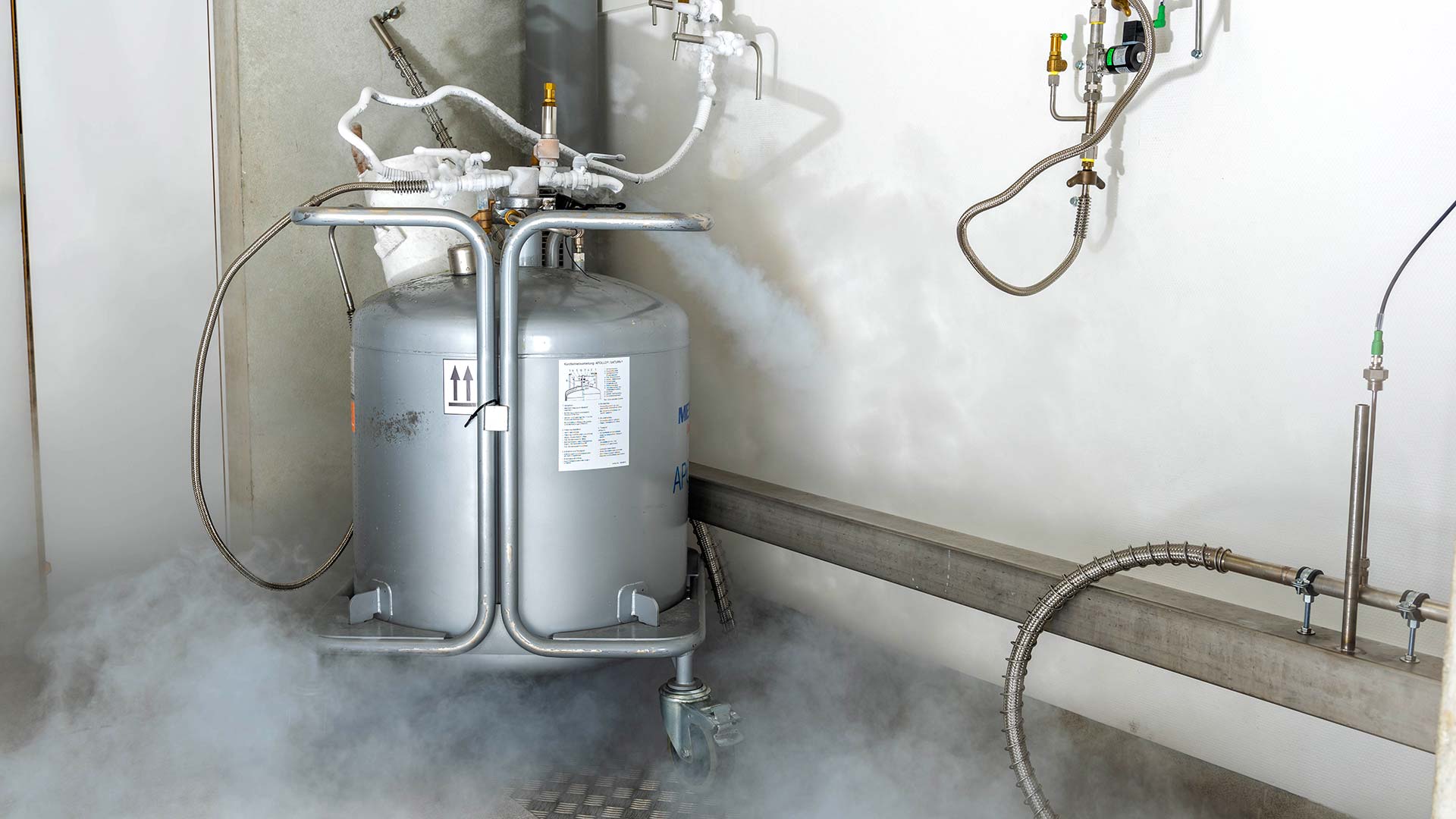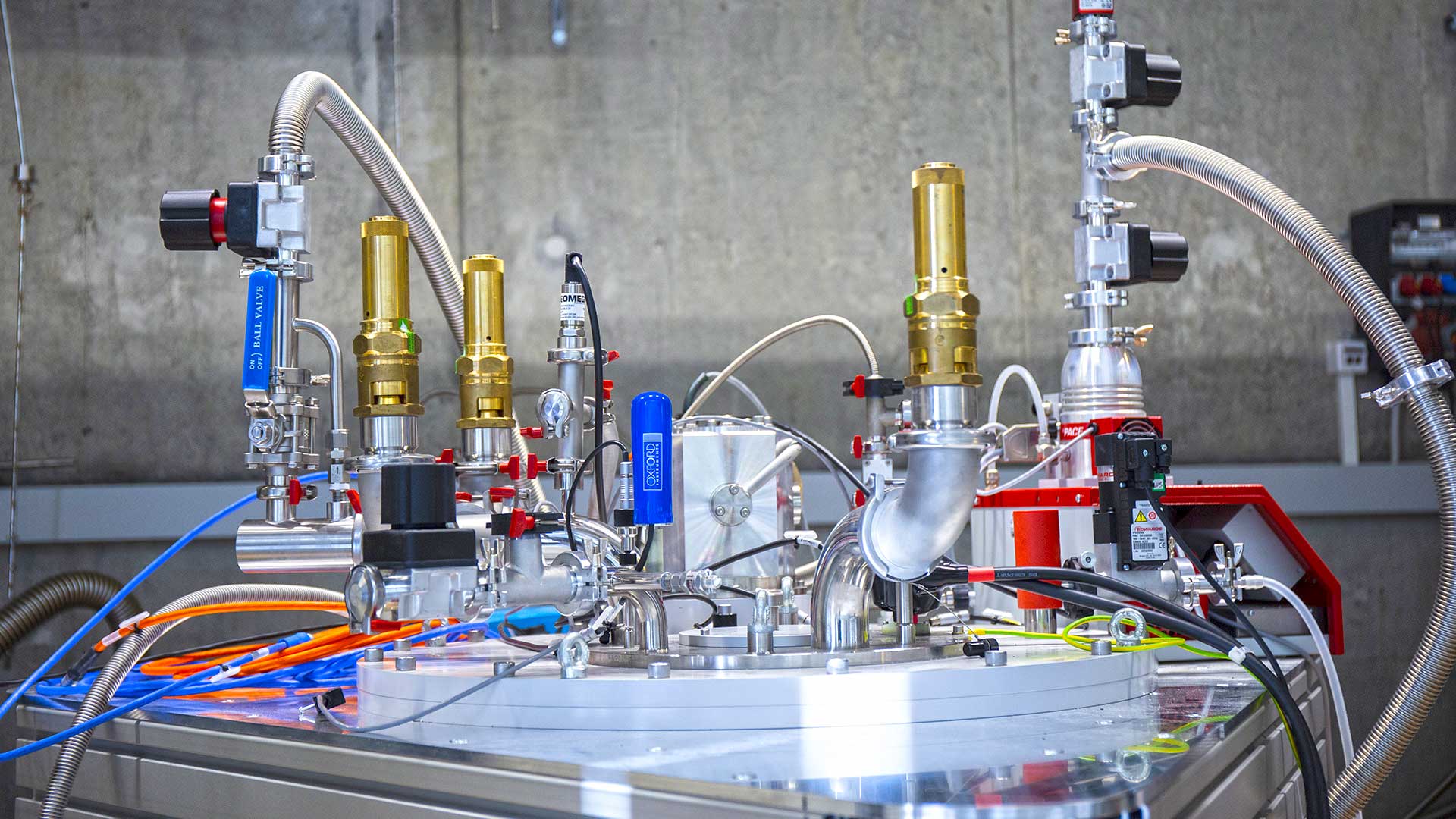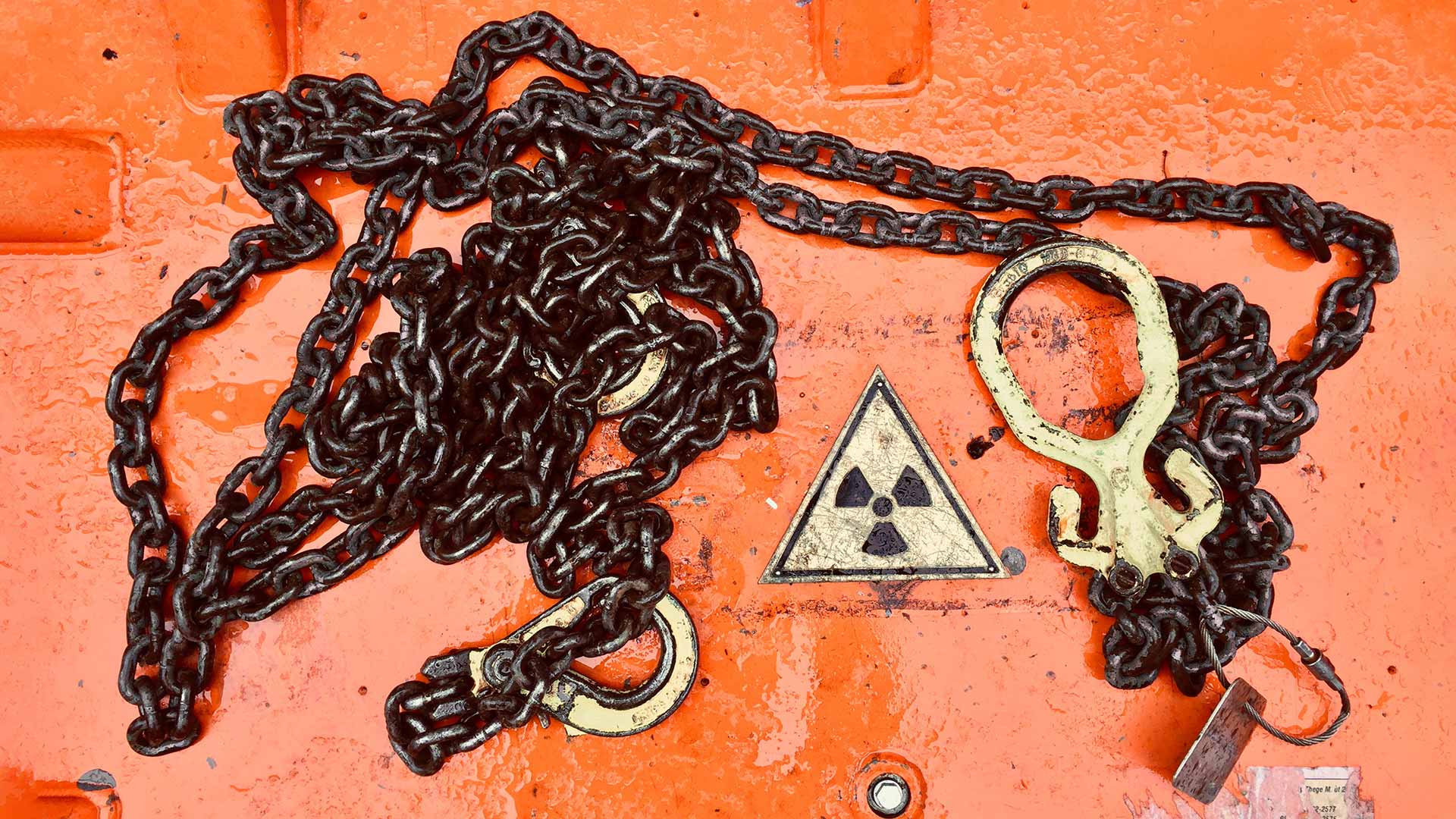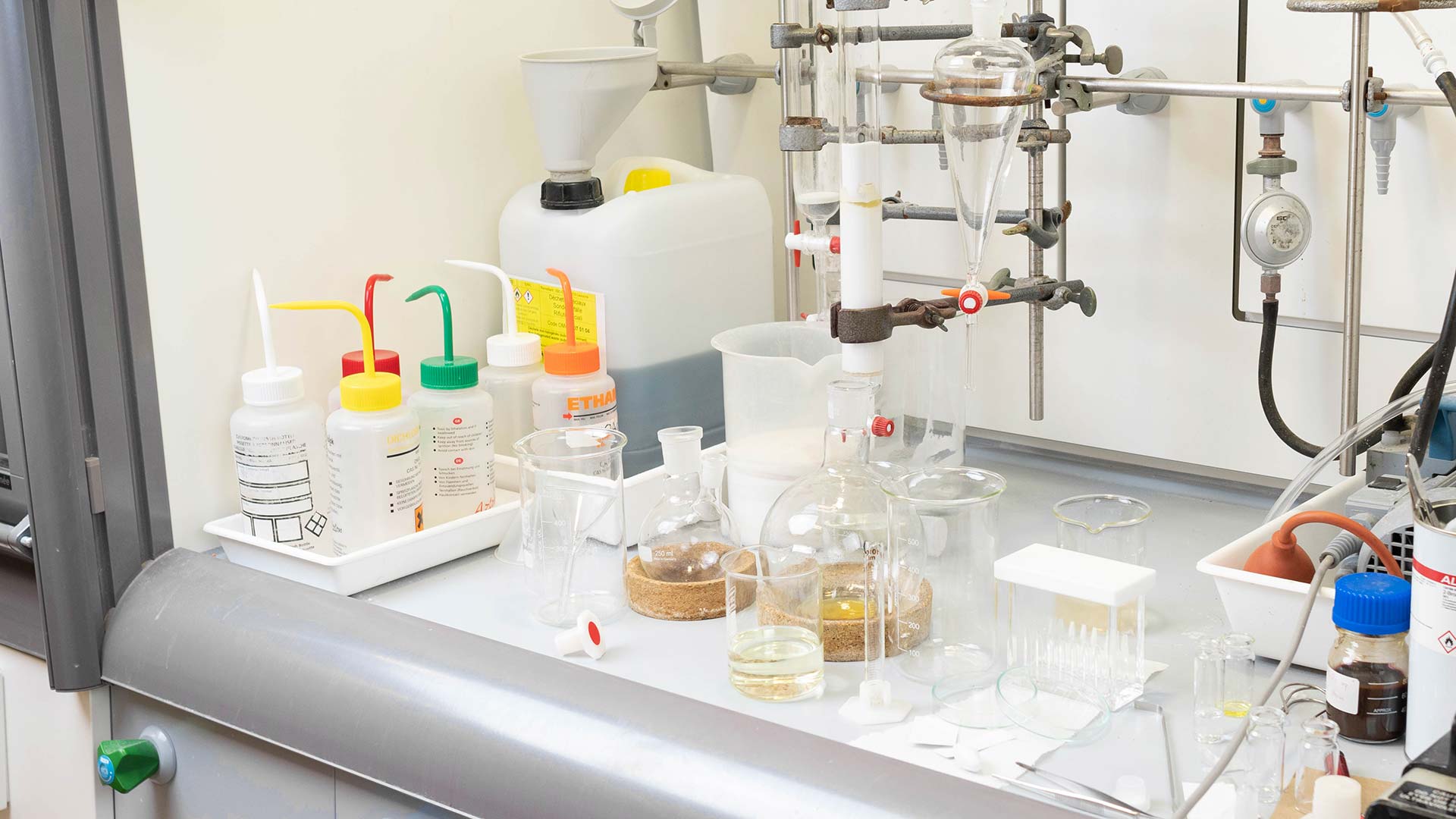
Chemical compounds possess several hazards. When working with chemical always look for substitution for a safer compound, read the label carefully and consult the safety data sheet.
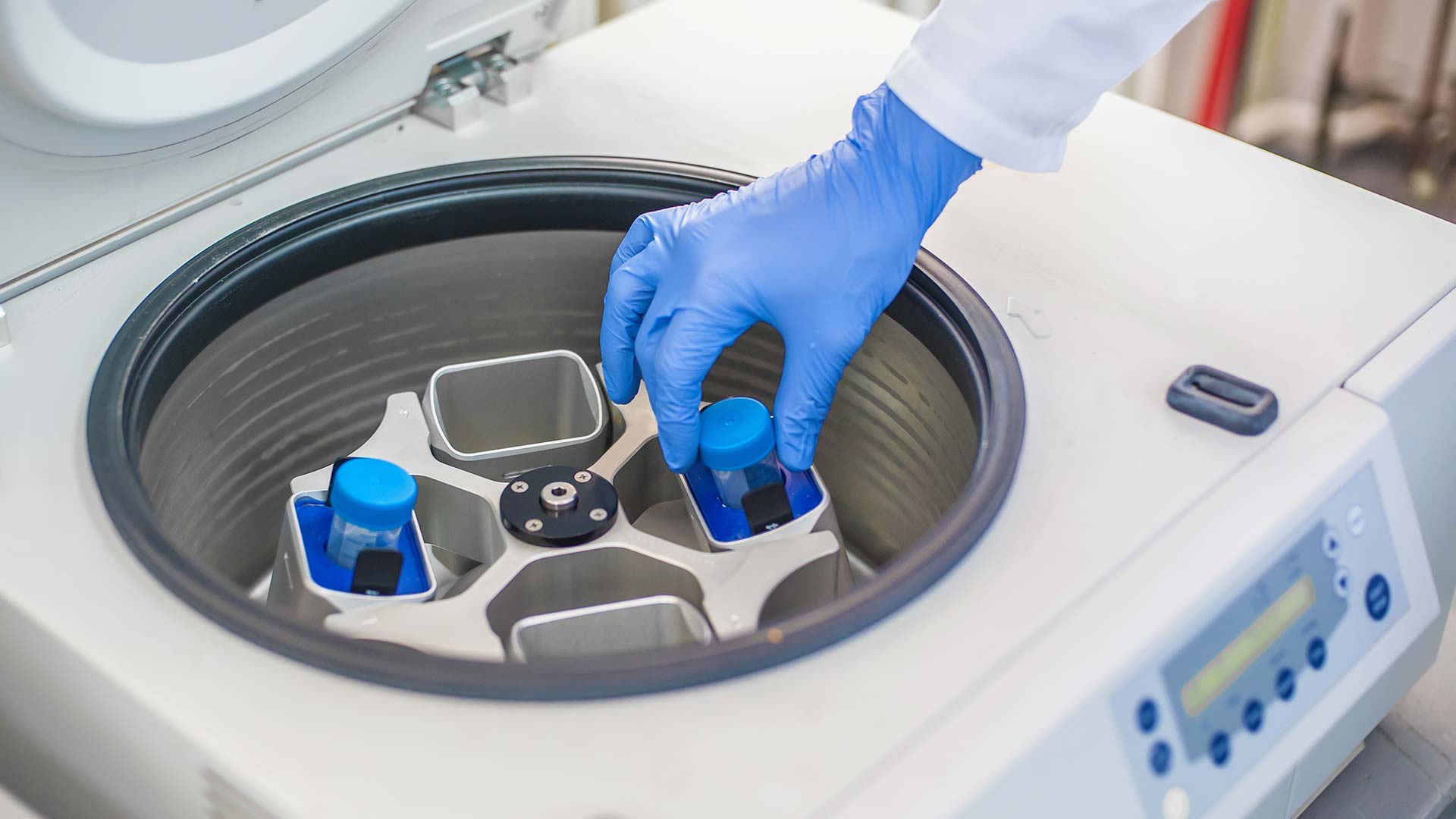
Activities with biological material are separated in 4 class, related to the hazard of the strain manipulated, the scale of the activity, the steps, etc.
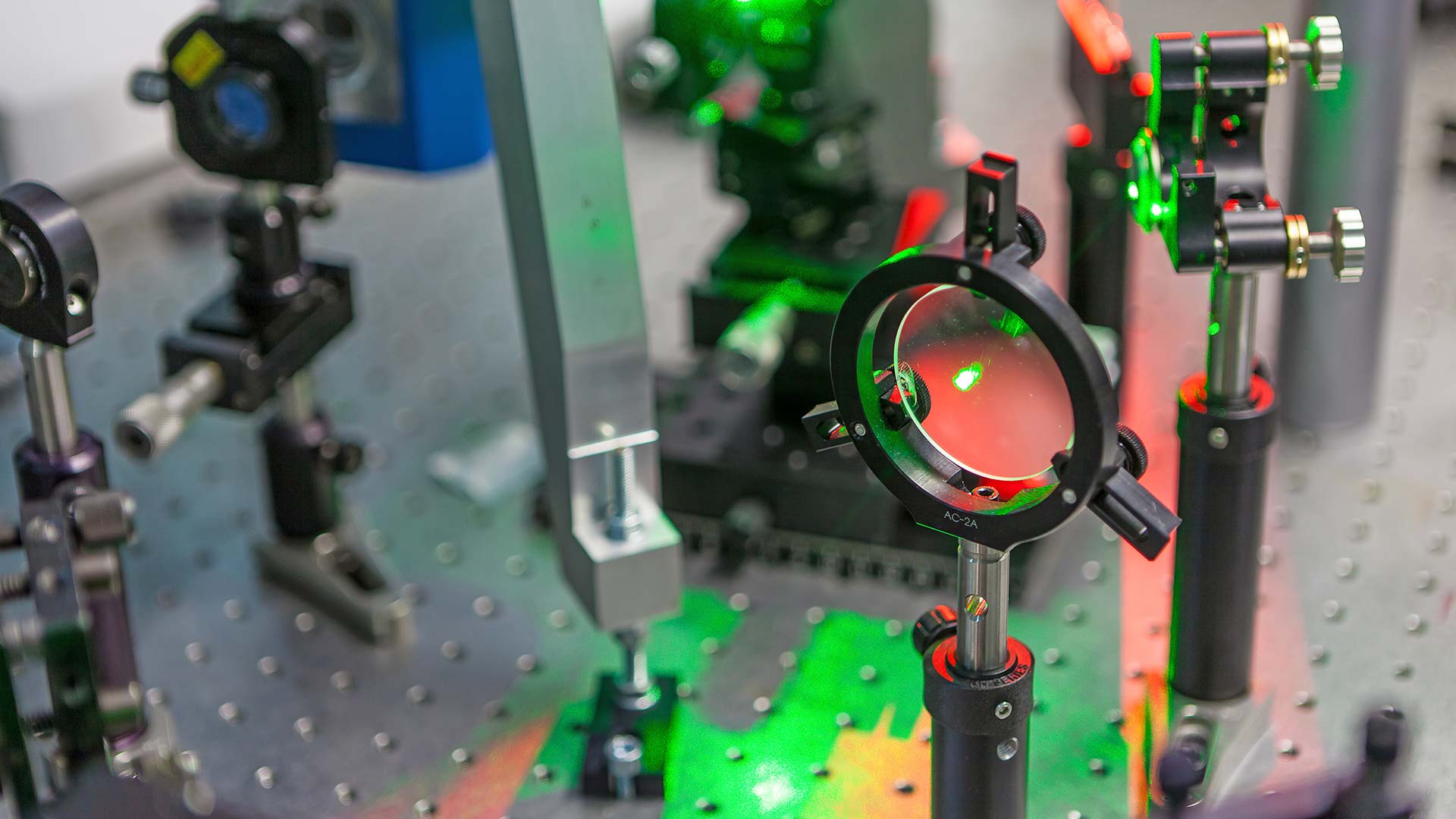
Most lasers can cause eye and skin injuries to anyone who is exposed to the direct beam or its reflections.
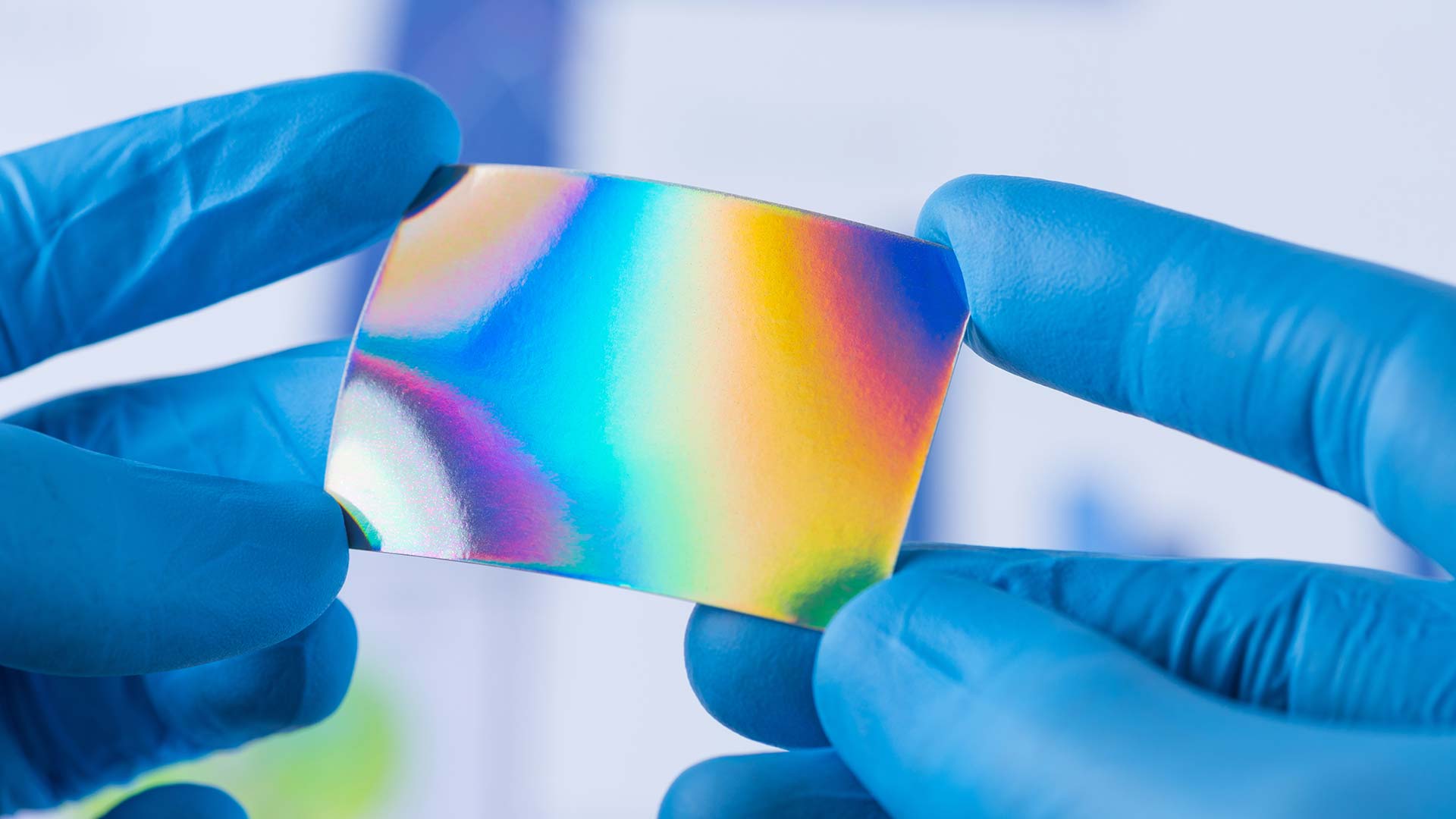
Material whose 50% (at least) particles have one or more dimensions within 1 to 100 nm in size. Nanomaterials can be more harmful than their bulk counterpart.
